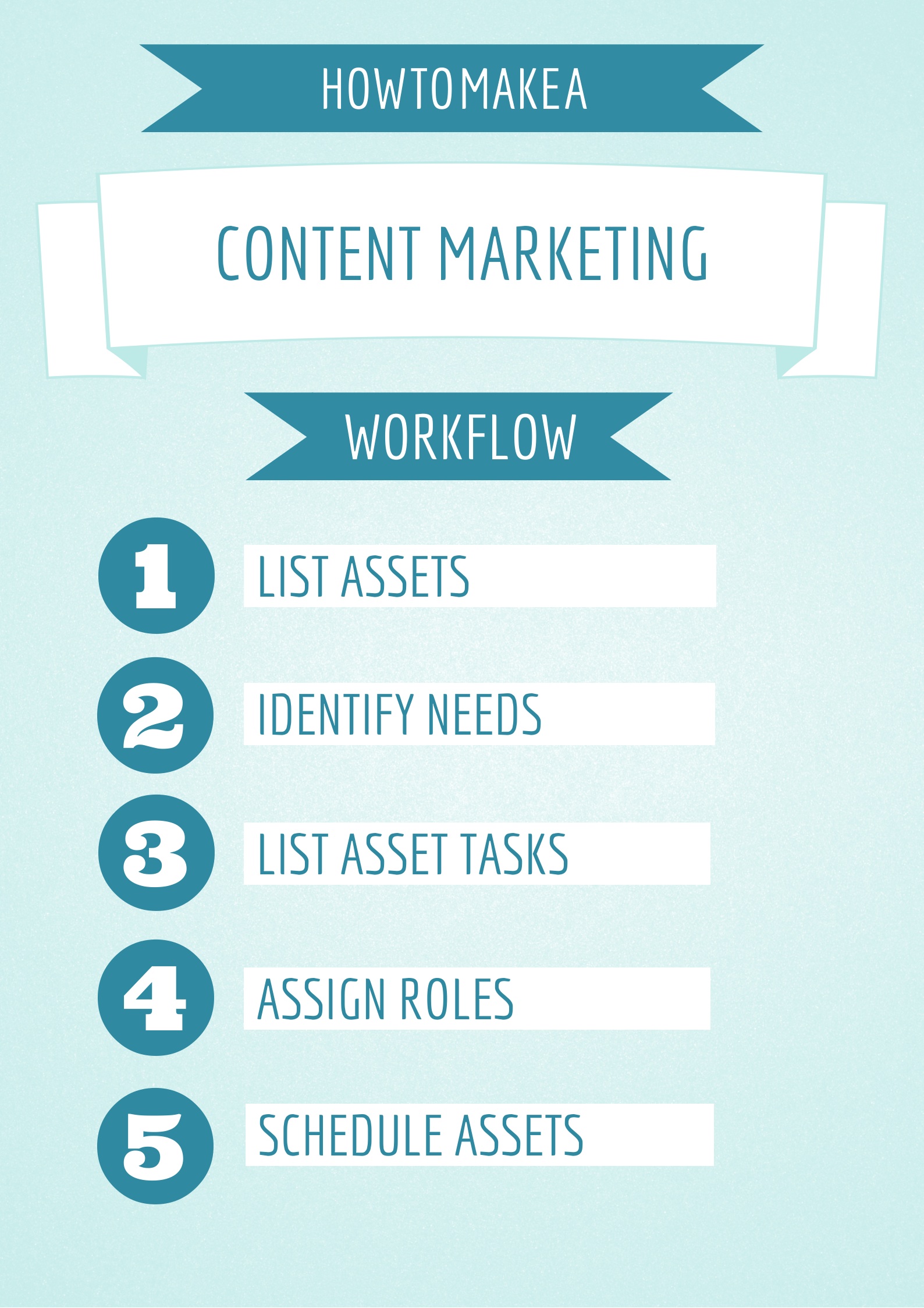
In the content marketing industry, we spend a lot of time thinking about strategy—that very important phase in our content planning process where we figure out what content we need to create, why we need to create it, and who we’re creating it for.
But having a solid content strategy in place isn’t enough. Marketers must develop a workflow that outlines exactly how that well-planned content will be produced and published.
When it comes to content marketing workflows, there’s no one-size-fits-all model.
Instead, workflows are heavily influenced by your organization’s unique team structure, internal approval process, and the tools and platforms you use for project management.
Instead of adopting a content marketing workflow from another organization, study best practices and incorporate them appropriately into your team structure.
Since each content marketing campaign will likely have a different workflow based on the assets included and people involved, let’s first take a look at five steps to take when creating a workflow for your campaigns.
Step 1: List Assets
The first step to creating a content marketing workflow is to list every single asset associated with that campaign. And by every asset, I mean: Every. Single. Asset.
This list should include blog posts, eBooks, social posts, landing pages, emails, and any other piece of content associated with your campaign. If you don’t know exactly how many paid ads your going to run, or how many emails you’re going to send at this early stage in the workflow process, that’s ok. Make the initial list and update it when you know more.
Step 2: Identify Needs
After you have your asset list, identify the people who need to be involved for each piece of content to happen. An eBook is going to need some design attention, for example. Figure out what those specific design needs are. Paid search ads will need budget. Emails will need to fall neatly into your marketing schedule. The more specific you are about your needs up front, the better off you’ll be.
Step 3: List Asset Tasks
You’ve listed your assets and identified your needs. Now, it’s time to get more detailed. For each asset, list out specific tasks that must be completed before, during, and after publication. Again, be as specific as possible here so nothing creeps up at the last minute.
The tasks associated with a blog post asset, for example, shouldn’t just be “submit” and “publish.” You should also include a “review” task, an “add photos/artwork” task a “final approval” task, and a “schedule social” task. Not exactly sure what the tasks are for a specific asset? Ask someone.
Step 4: Assign Roles
After you’ve listed out your asset tasks, assign an owner to each. Rather than just dictating, make sure to set expectations with these owners ahead of time. They should have a good idea of what this campaign is, what the goals are, and how their task contributes to the overall success of this effort.
Step 5: Schedule Assets
Scheduling your tasks is a crucial part of the workflow planning process. You should share this timeline with key stakeholders on the marketing team, and make sure it doesn’t interfere with the timing of another campaign. The asset schedule should live on a shared editorial calendar, so each task owner knows what they’re responsible for and when.
While each workflow will differ based on the assets associated with the campaign, after creating several workflows, you’ll start to see a pattern. As you build your workflows, I encourage you to document these patterns so you don’t have to reinvent the wheel each time. The tasks associated with a webinar, for example, are unlikely to change dramatically from campaign to campaign.
The idea of creating a content marketing workflow is daunting. But if you follow best practices like these, and start your planning process early, they can be a campaign owner’s greatest timesaver.
Read more: